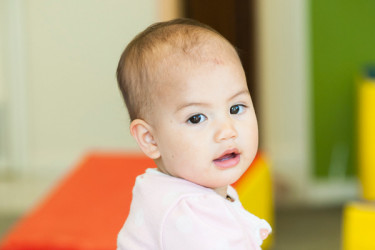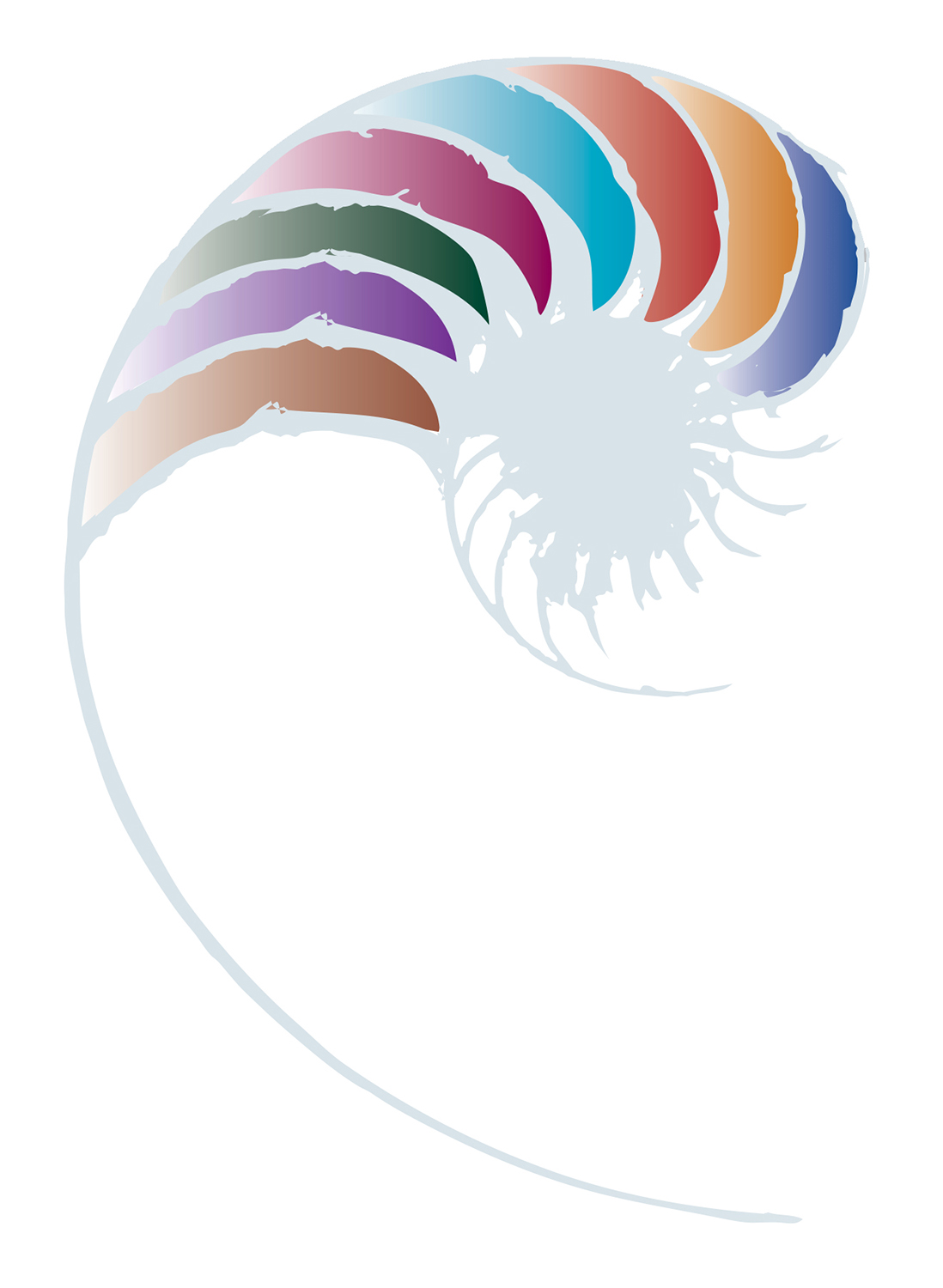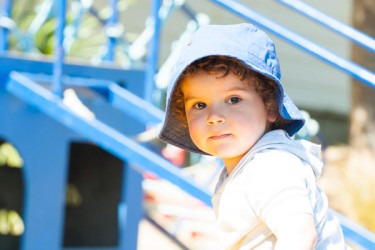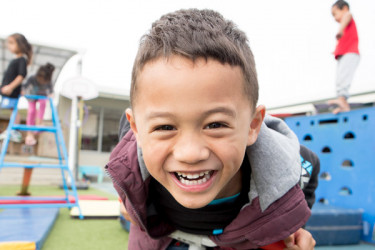Mana reo | Communication
Strand 4
This section is from pages 41–45 of Te Whāriki: He whāriki mātauranga mō ngā mokopuna o Aotearoa Early childhood curriculum. This resource is part of the “Te Whāriki strands and principles” set. See the resource carousel below for more.

Ko te whakatipuranga tēnei o te reo. Mā roto i tēnei ka tipu te mana tangata me te oranga nui.
The languages and symbols of children’s own and other cultures are promoted and protected.
Languages are the means by which we think and communicate with each other. We typically think of languages as consisting of words, sentences and stories, but there are also languages of sign, mathematics, visual imagery, art, dance, drama, rhythm, music, and movement.
One of the major cultural tasks for children in the early years is to develop competence in and understanding of language. At this time they are learning to communicate their experience in different ways; they are also learning to interpret the ways in which others communicate and represent experience. They are developing increasing competence in symbolic, abstract, imaginative, and creative thinking.
Languages develop in meaningful contexts where children have a need to know and a reason to communicate. Kaiako should encourage the use of both the verbal and non-verbal communication approaches used by each child.
It is important that te reo Māori is valued and used in all ECE settings. This may involve, for example, using correct pronunciation, retelling stories, and using Māori symbols, arts, and crafts.
The use of traditional storytelling, arts and legends and of humour, proverbs, and metaphoric language can support children from some communities to navigate between familiar and less familiar contexts.
- Mana reo | Ko te whakatipuranga tēnei o te reo. Mā roto i tēnei ka tipu te mana tangata me te oranga nui | Through te reo Māori, mokopuna identity, belonging and wellbeing are enhanced.
- Communication | Children are strong and effective communicators
GOALS Children experience an environment where: |
LEARNING OUTCOMES Over time and with guidance and encouragement, children become increasingly capable of: |
EVIDENCE OF LEARNING DEVELOPMENT These outcomes will be observed as learning in progress when, for example, children demonstrate: |
|---|---|---|
They develop non-verbal communication skills for a range of purposes |
He kōrero ā-tinana | Using gesture and movement to express themselves |
|
They develop verbal communication skills for a range of purposes |
He kōrero ā-waha | Understanding oral language3 and using it for a range of purposes |
|
They experience the stories and symbols of their own and other cultures |
He kōrero paki | Enjoying hearing4 stories and retelling and creating them |
|
He kōrero tuhituhi | Recognising print symbols and concepts and using them with enjoyment, meaning and purpose |
|
|
He kōrero pāngarau | Recognising mathematical symbols and concepts and using them with enjoyment, meaning and purpose |
|
|
They discover different ways to be creative and expressive |
He kōrero auaha | Expressing their feelings and ideas using a wide range of materials and modes |
|
Notes
[3].In this document, ‘oral language’ encompasses any method of communication the child uses as a first language; this includes New Zealand Sign Language and, for children who are non-verbal, alternative and augmentative communication (AAC).
[4] For children who are deaf or hard of hearing, ‘hearing’ includes watching.
See Materials that come with this resource to download Te Whāriki Early childhood curriculum: Mana reo | Communication – Strand 4 (.pdf).
Examples of practices that promote these learning outcomes
Language and culture are inseparable. Kaiako enhance the sense of identity, belonging, and wellbeing of mokopuna by actively promoting te reo and tikanga Māori.
Kaiako pronounce Māori words correctly and promote te reo Māori using a range of strategies based on relevant language learning theories.
- Infants
- Toddlers
- Young children
- Considerations for leadership, organisation, and practice
- Questions for reflection

- Kaiako use words and gestures to invite infants to engage. Through careful observation, kaiako recognise gestures of assent and dissent when engaging in caregiving practices.
- Kaiako read books, tell stories and talk with infants. Many opportunities are provided to have fun with sounds and language. Language is used to soothe and comfort. The programme includes action games, finger plays, and songs that encourage oral language.
- The environment provided is print- and language-rich. Kaiako draw attention to numbers, shapes and patterns and to concepts such as ‘more’ and ‘less’, ‘big’ and ‘small’ in authentic and meaningful ways.
- A language-rich environment includes languages other than the infant’s first language.
- Infants are provided with resources, including natural resources, in a variety of colours, textures, shapes, and sizes to experiment with and explore freely.
- Infants experience patterns and sounds in the natural environment, such as leaves in sunlight or the sound of rain.
About this resource
This section from pages 41–45 of Te Whāriki: He whāriki mātauranga mō ngā mokopuna o Aotearoa Early childhood curriculum discusses the Mana reo | Communication strand, examples of practices that promote the learning outcomes under this strand for infants, toddlers and young children, and provides considerations for leadership, organisation and practice. This resource is part of the “Te Whāriki strands and principles” set. See the resource carousel for more.





